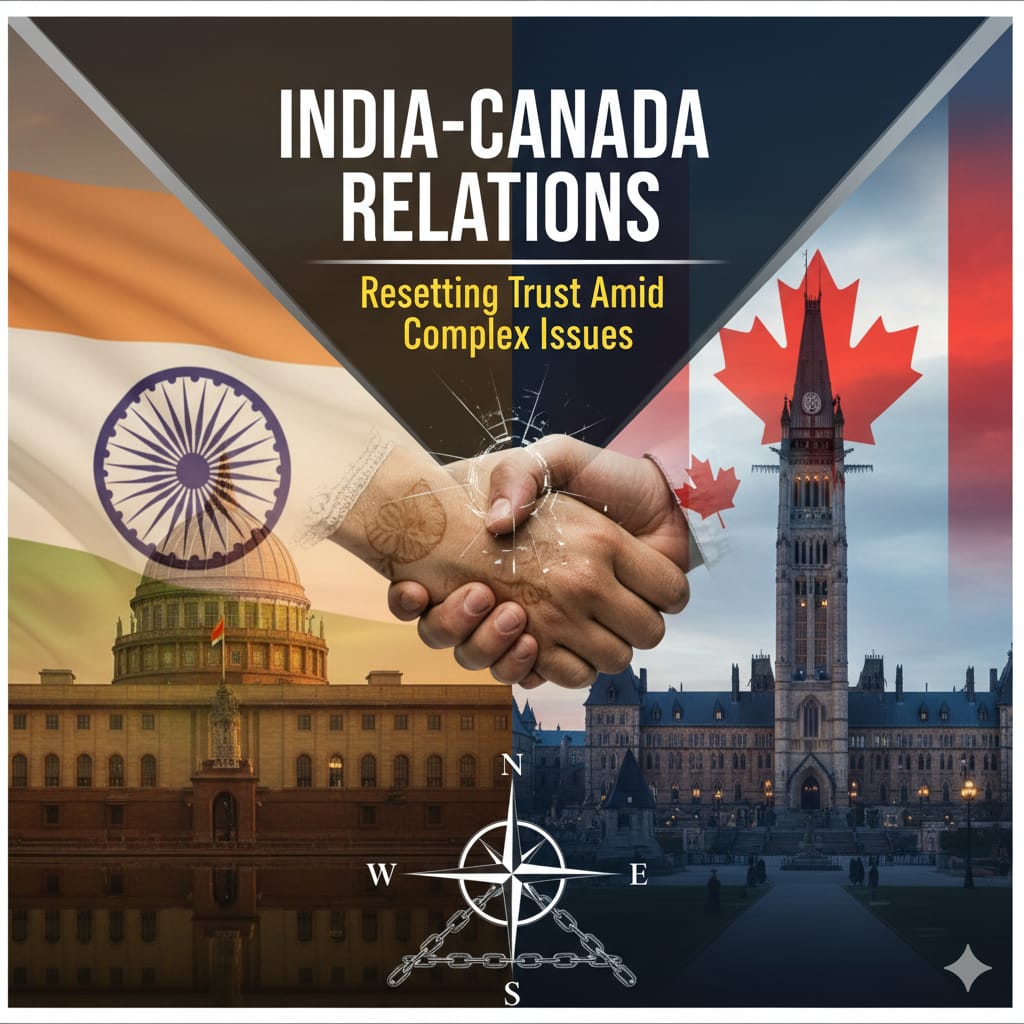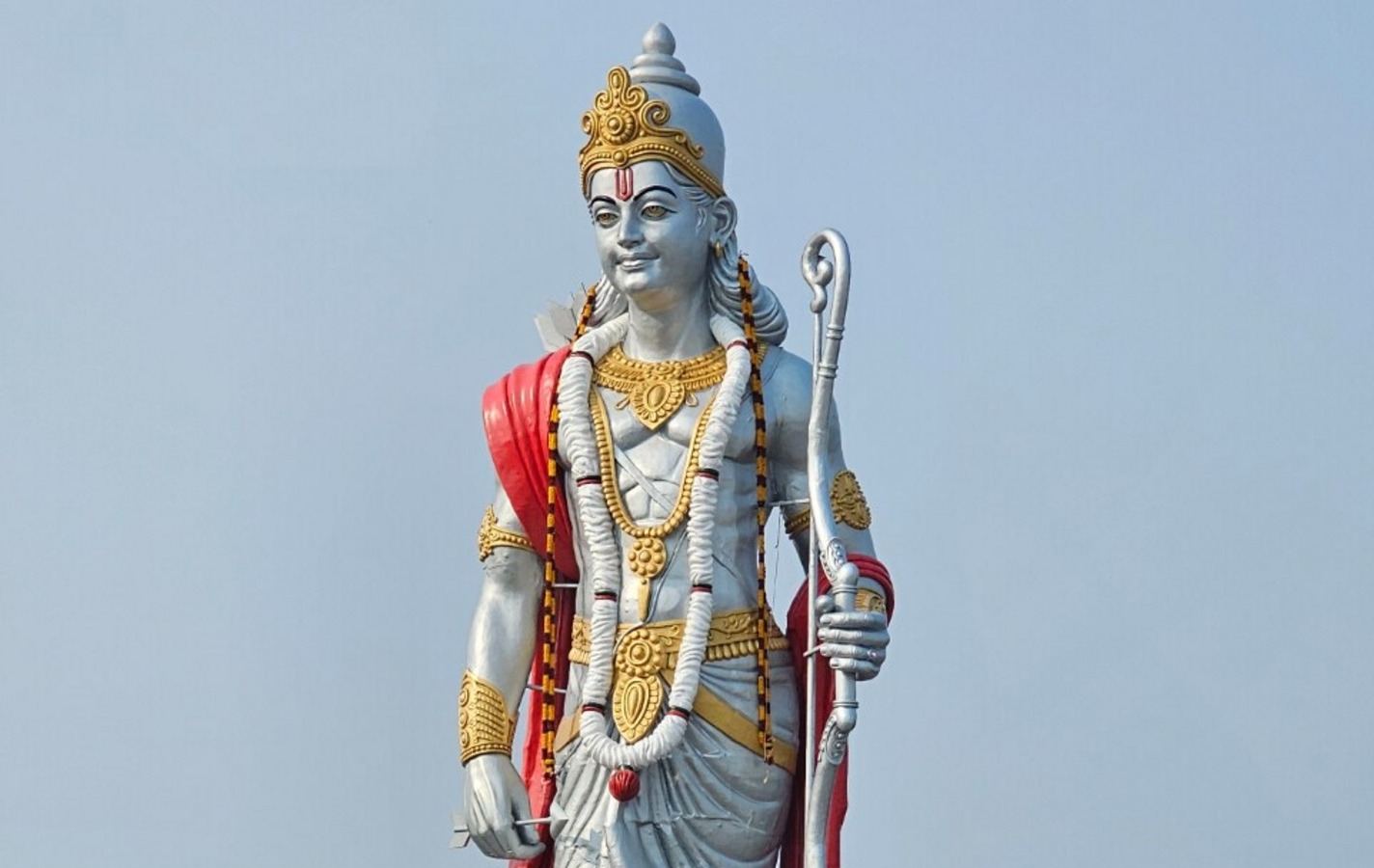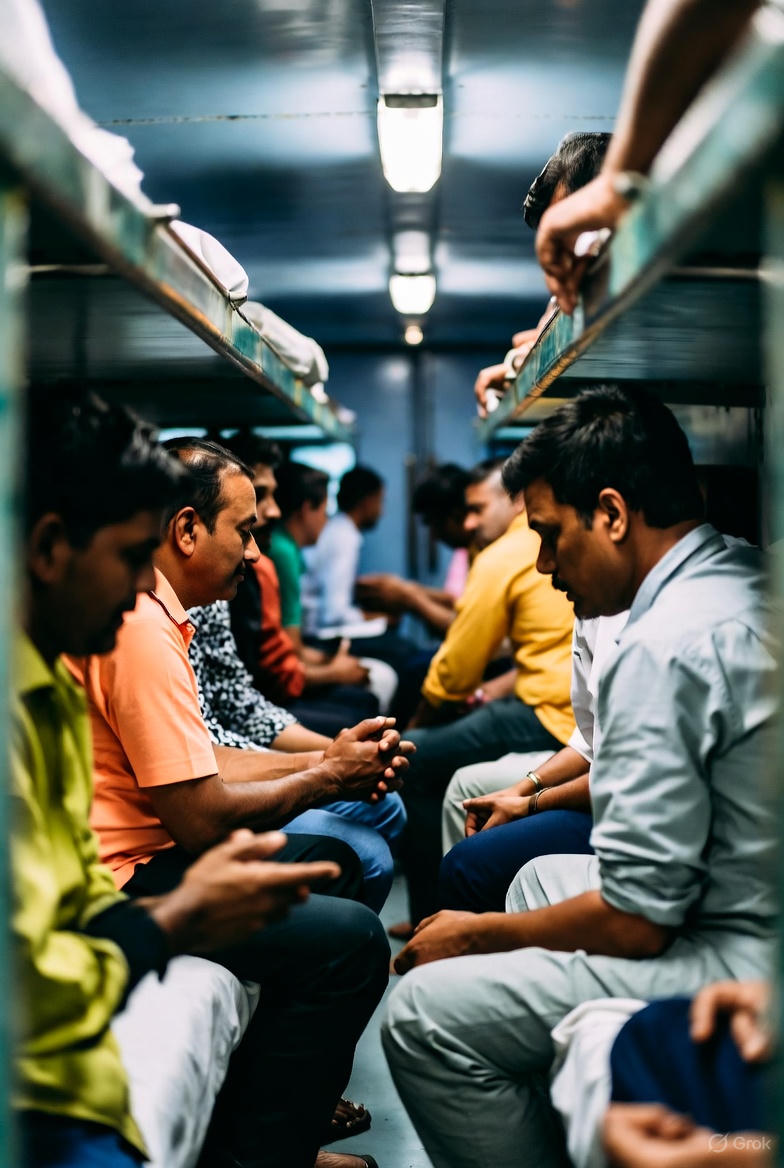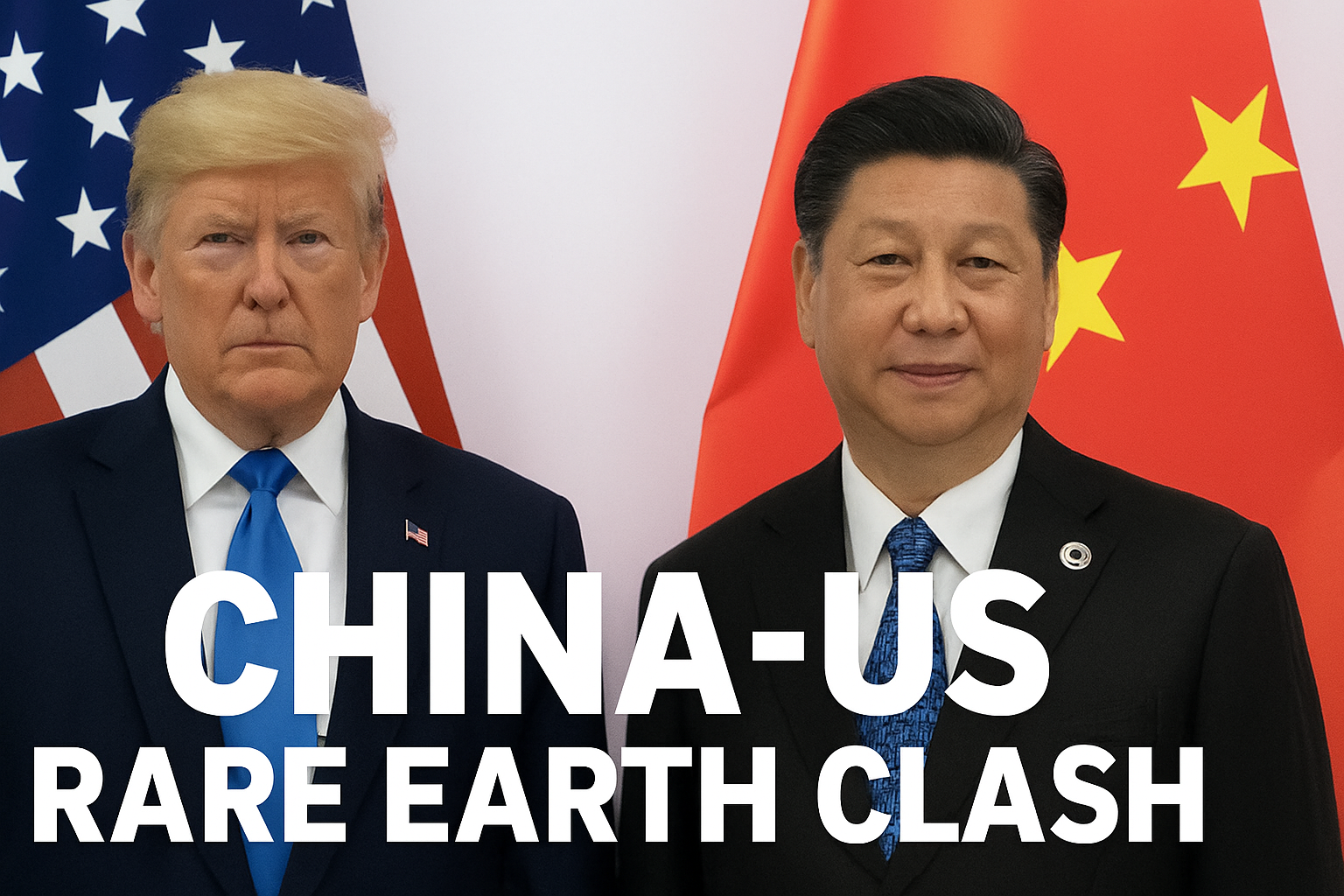
In the crowded lanes of New Delhi or the winding alleys of Varanasi, it's not uncommon to find someone guided by a stick, a child tugging at their sleeve, or a friend helping them cross a road. What may escape the public eye is the scale of this invisible crisis. India is home to over 12 million visually impaired people, the highest in the world, and for at least 1.25 million of them, the darkness could be lifted through one miraculous medical intervention: a corneal transplant.
But despite advances in eye care and public health, India collects only 30,000–50,000 corneas annually, far short of the 200,000 needed. The result is a long, often lifelong wait for the gift of sight. This is not just a health gap — it's a moral and social emergency.
Understanding the Science: How Eyes Can Be Donated
The cornea is the eye’s clear outer layer — a dome-shaped surface that helps focus light. When this becomes cloudy due to injury, infection, or congenital defects, vision is severely impaired. Unlike retinal damage or optic nerve issues, corneal blindness can be reversed with a relatively simple surgery, provided a healthy cornea is available.
Here’s the catch: corneas can only be harvested within 6–8 hours of death. They can’t be stored for long or grown artificially like some tissues. So, this is a race against time — a race India is tragically losing, mostly due to lack of awareness and cultural taboos around body donation.
The Cultural Hurdle: Myths and Misconceptions
Despite eye donation being permitted and even encouraged across all major Indian religions — Hinduism, Islam, Christianity, Sikhism, Jainism — myths persist. Many believe that the body must remain intact after death, or that eye donation disfigures the face. In truth, eye retrieval is non-disfiguring and is done respectfully by trained personnel, often within hospitals or homes.
Another myth is that the entire eye is removed. In reality, only the corneal tissue is extracted, and the process usually takes 15–20 minutes. Yet, nearly 90% of Indians die without donating their eyes, mostly because the family was unaware or uninformed.
Eye Banks in India: Progress, But Not Enough
India has over 700 registered eye banks and eye donation centers, with states like Tamil Nadu, Gujarat, and Karnataka leading the drive. Tamil Nadu’s ‘mandatory request’ policy — requiring hospitals to ask the family for eye donation at time of death — has seen remarkable success.
However, eye banking is concentrated in urban centers. In rural India, where 70% of the population resides, there is minimal access to such facilities. The need of the hour is a national grid — a digital system that links donors, retrieval centers, and transplant hospitals in real time.
A Scientific and Human Argument
Each person has two corneas. By pledging to donate eyes after death, a single individual can restore sight to two blind persons. With India’s current death rate at around 80 lakh per year, even if just 1% of families consented, we could potentially eliminate corneal blindness within a decade.
Moreover, studies show that people who regain vision through transplants go on to earn more, live more independently, and contribute productively to society. For the country, that’s not just an emotional uplift — it’s an economic win.
Awareness Is Everything
Campaigns like the "Gift of Vision" movement, led by NGOs such as Sankara Eye Foundation, LV Prasad Eye Institute, and Dr. Shroff’s Charity Eye Hospital, are trying to change the narrative. They conduct school visits, street plays, digital drives, and even collaborations with cremation workers and religious leaders to normalize donation.
But this needs to go mainstream. Eye donation should be part of school curricula, hospital procedures, and death rituals. Every hospital, police station, and panchayat office should display a 24x7 eye donation hotline.
A Vision for India
The ability to see is often taken for granted — until it is lost. The Gift of Vision is not about miracle cures or foreign aid. It is a uniquely Indian solution to an Indian problem: culturally grounded, medically simple, and humanely powerful.
In a country where more than a million people live in avoidable darkness, the light is already here. It lies in our eyes, waiting to be passed on.



.jpeg)





.jpeg)



.jpeg)



.jpeg)
.jpeg)
.jpeg)

